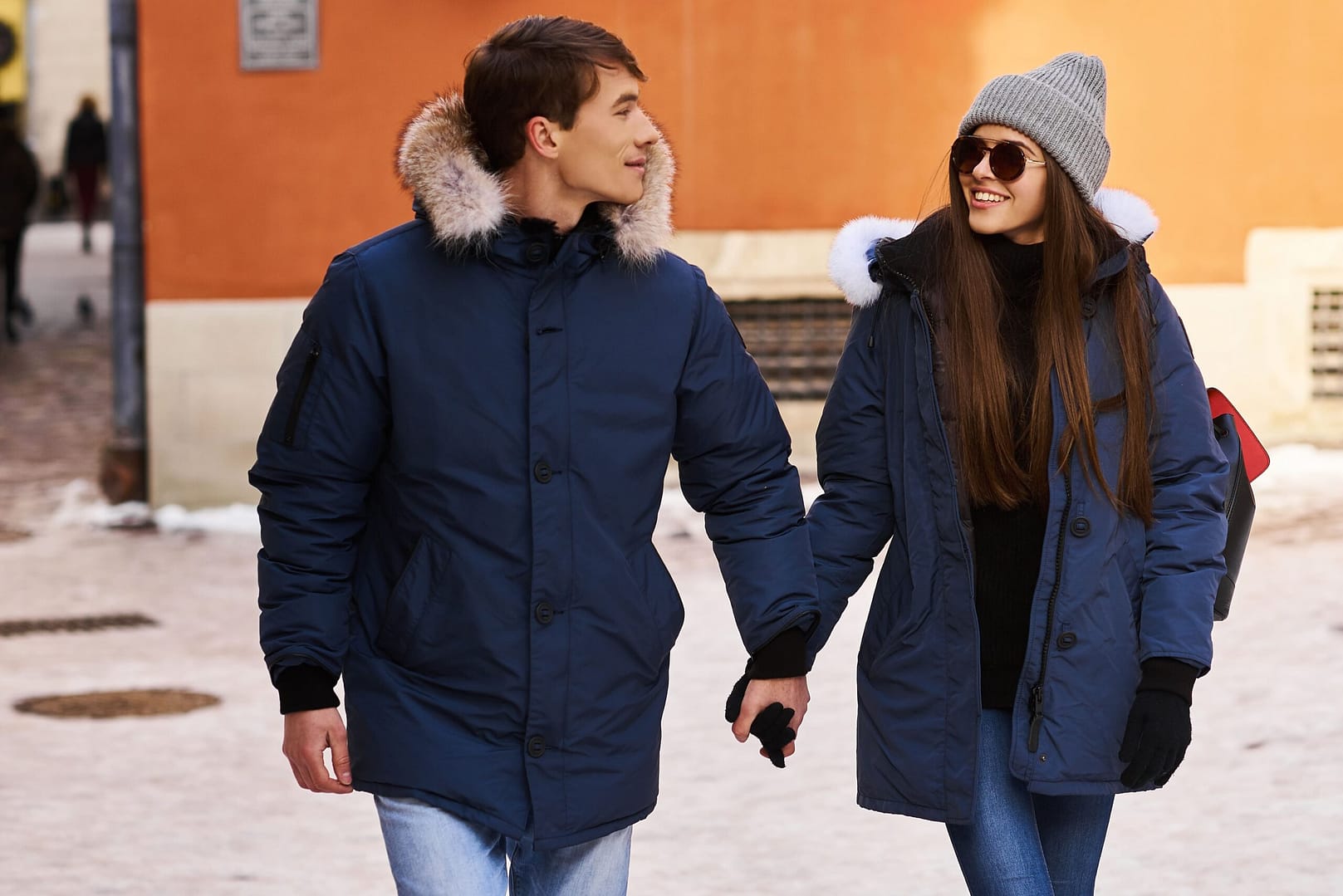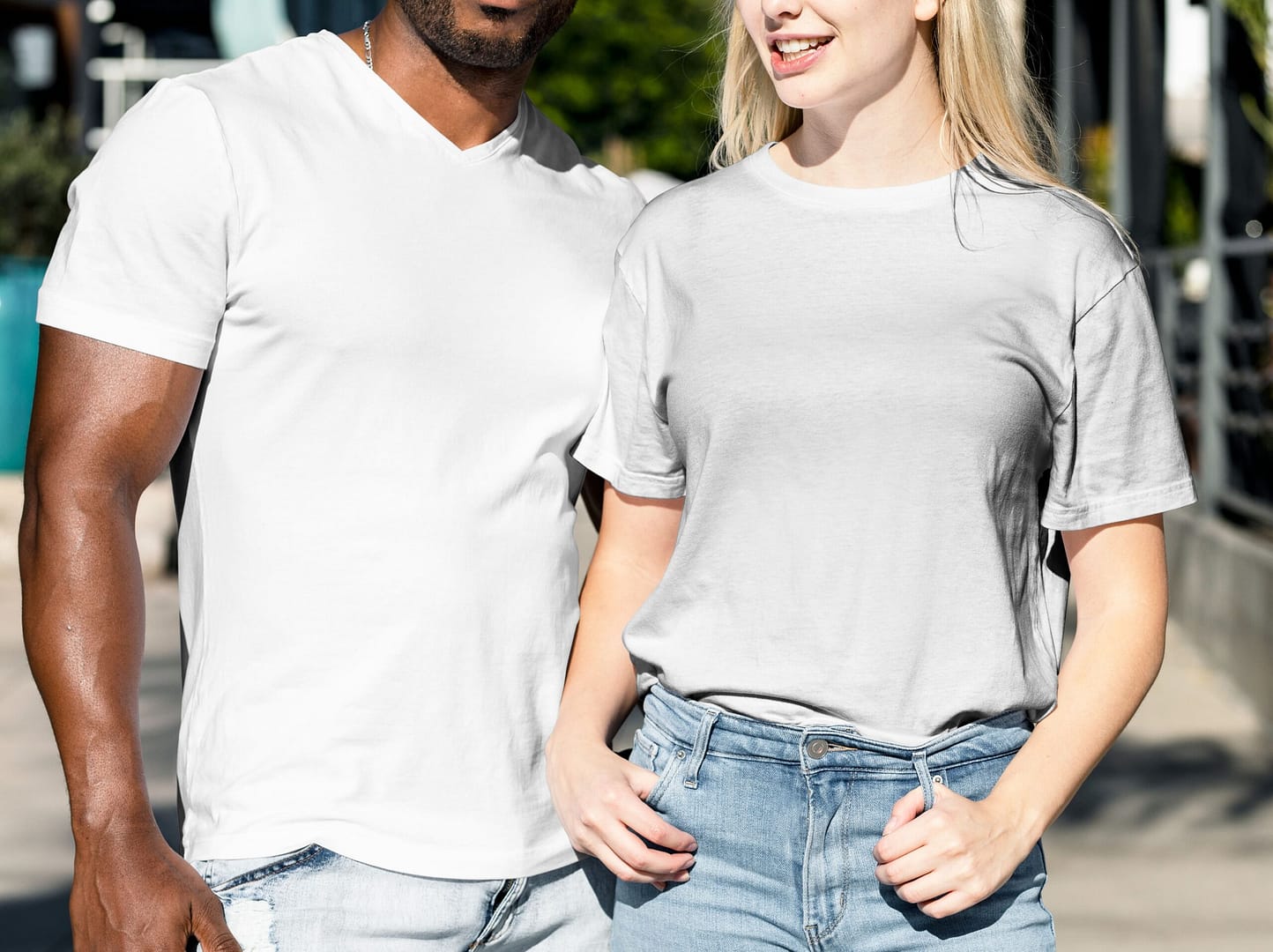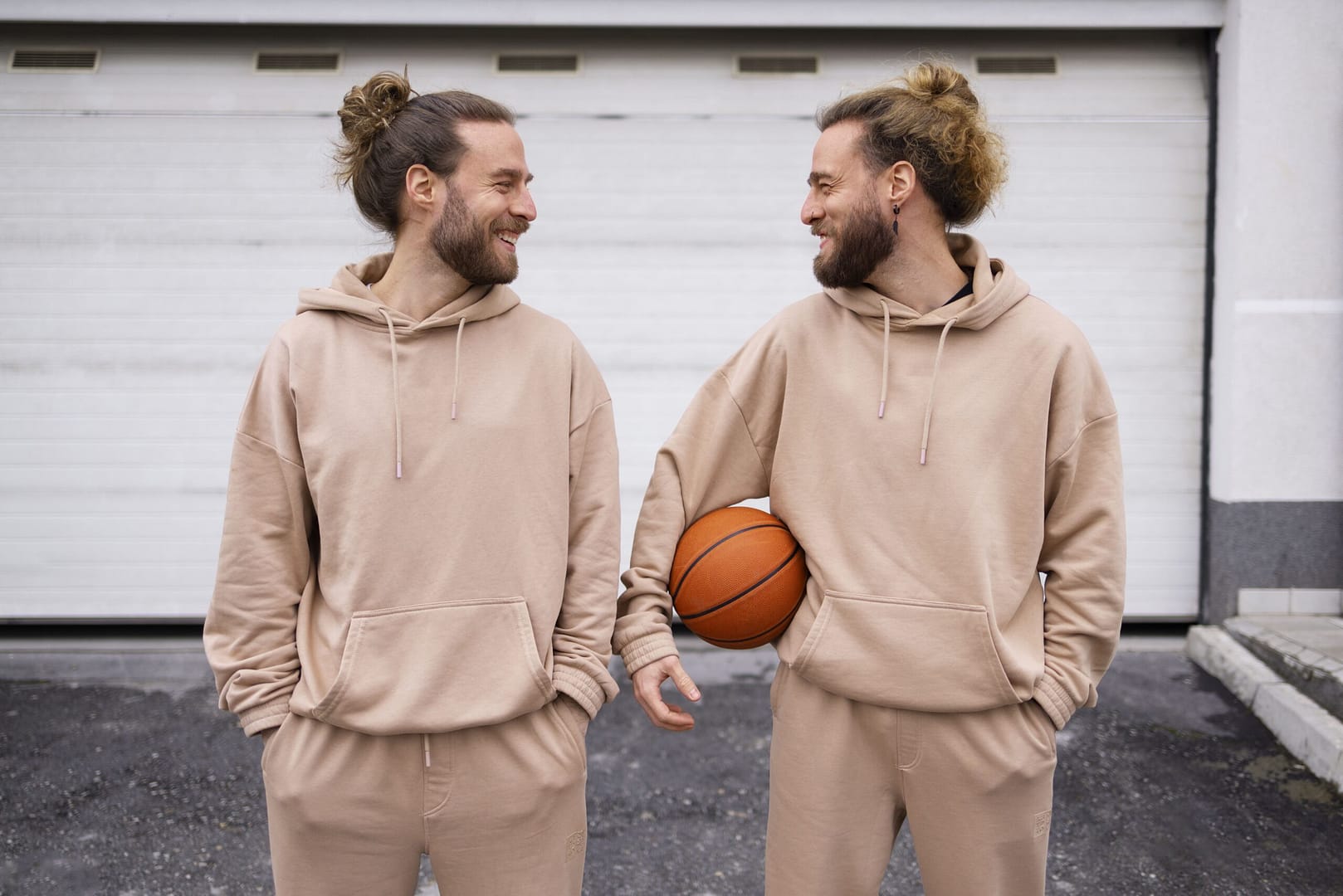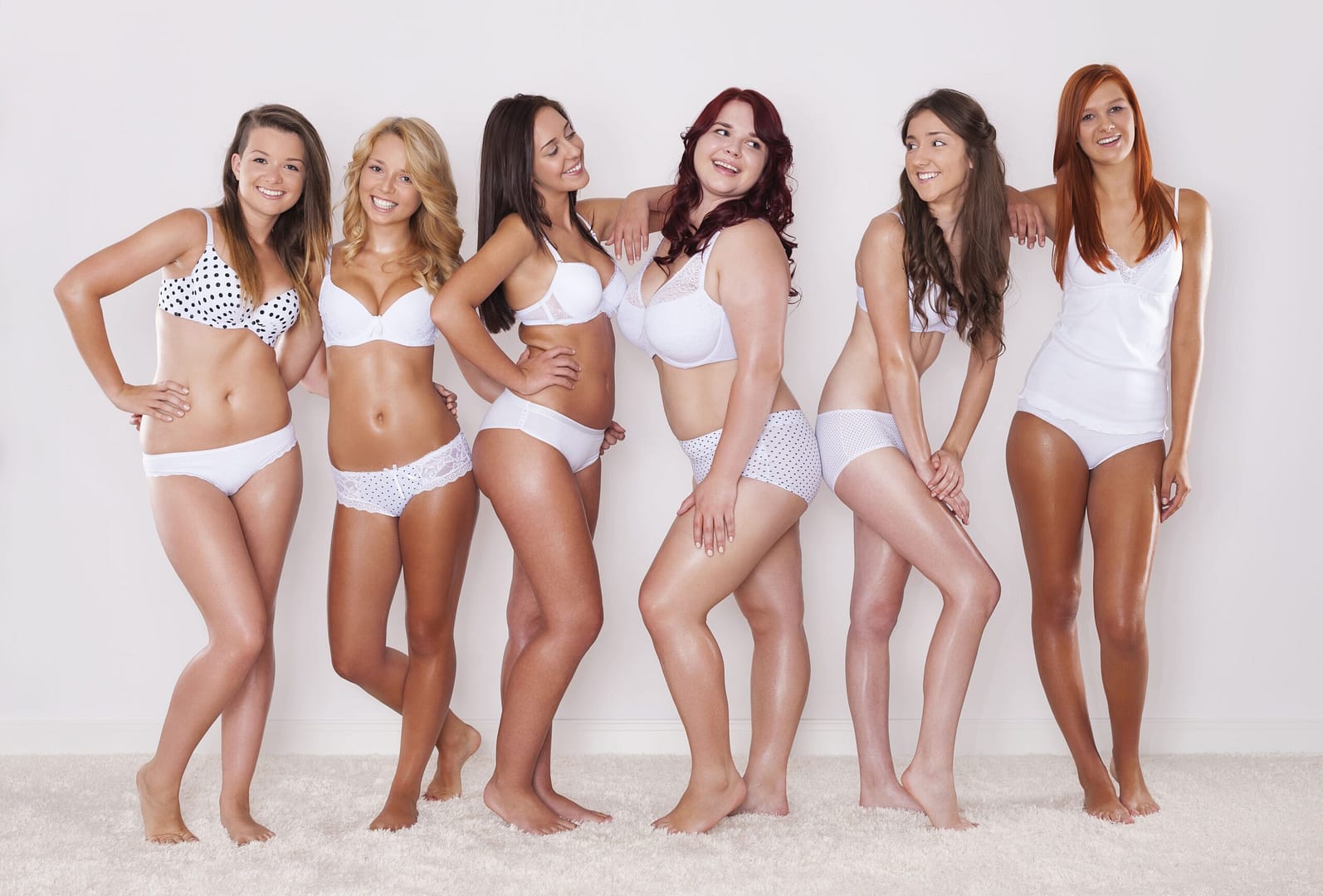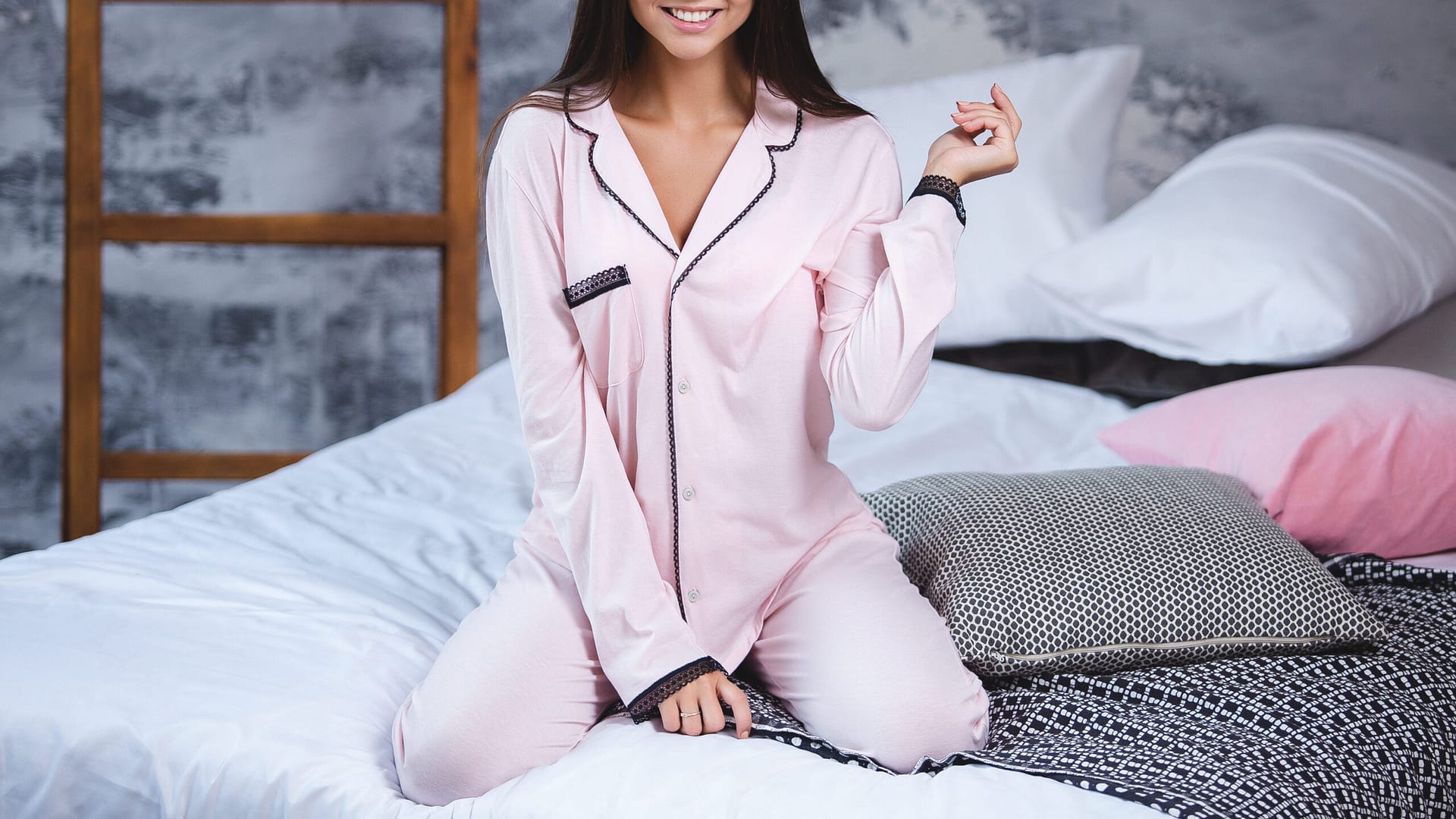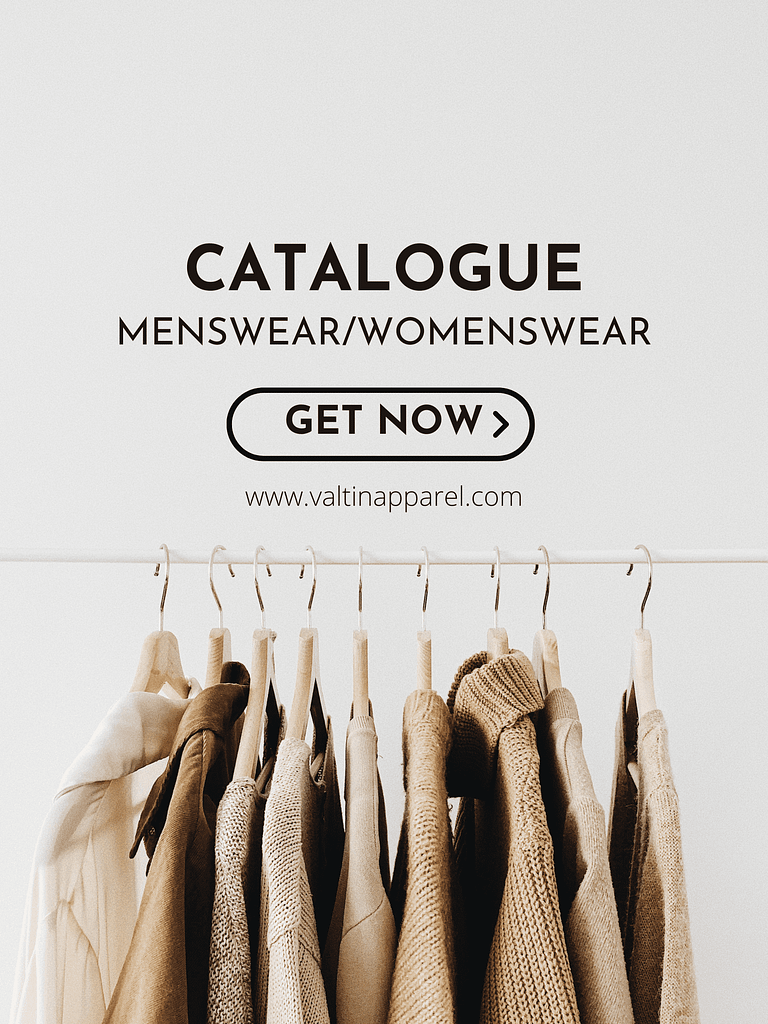The Ultimate Hoodie Fabric Guide: Top 9 Fabrics For Your Hoodie
By Raymond Lau – October 27, 2023
Introduction
Hoodies have emerged as a universal wardrobe staple, transcending seasons, occasions, and even age groups. But behind every comfortable and durable hoodie lies the unsung hero – the fabric. In the world of apparel design, the fabric choice is akin to the foundation of a building. It determines not just the look and feel, but also the longevity and performance of the garment. This guide dives deep into the realm of hoodie fabrics, demystifying the choices and aiding designers in making informed decisions.
History and Evolution of the Hoodie
The hoodie, in its essence, is more than just a fashion statement; it carries with it a rich tapestry of history. Traced back to the Medieval Europe, monks wore garments with a cowl – a hooded cape. Fast forward to the 1930s in the U.S., the modern hoodie was born, designed to shield laborers from the cold. Over the decades, the humble hoodie transformed from a functional piece to a symbol of style, rebellion, and even cultural identity. Alongside its evolving role, the fabrics used for hoodies have seen transformations, adapting to the changing demands of comfort, fashion, and sustainability.
Factors to Consider When Choosing Hoodie Fabrics
When embarking on the journey of designing a hoodie, the fabric isn’t just a checklist item; it’s a pivotal decision that can shape the entire project. Here’s what designers should keep top-of-mind:
– Comfort and Feel:
The touch of the fabric against the skin is paramount. Whether it’s the soft embrace of cotton or the sleek feel of polyester, comfort is a non-negotiable.
– Durability and Washability:
A hoodie isn’t a one-off wear. It’s often subjected to repeated washing and wear, making durability a key concern.
– Breathability and Insulation:
While hoodies are synonymous with warmth, the fabric’s breathability ensures it doesn’t become stifling, striking a balance between insulation and ventilation.
– Cost and Availability:
Practical considerations like cost, availability, and lead times can’t be overlooked, especially when scaling designs.
Key Hoodie Fabrics & Their Characteristics
A hoodie’s essence is captured not just in its design, but in the very threads that weave it together. The choice of fabric can significantly influence its appeal, functionality, and durability. Let’s explore the most popular fabrics used in hoodie production:
CVC Fleece Fabric
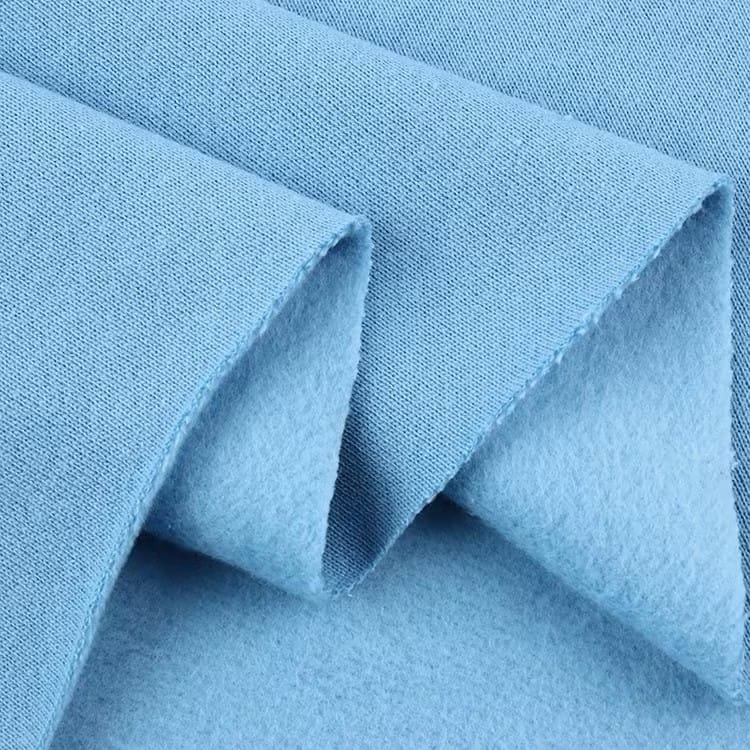
CVC fleece fabric, short for Chief Value Cotton fleece fabric, is a popular choice in making hoodies, renowned for its exceptional comfort, durability, and versatility. This fabric is primarily composed of a blend of cotton and polyester fibers, with “CVC” denoting a specific ratio of these materials. Typically, CVC fleece consists of 60% cotton and 40% polyester, although slight variations in this ratio can occur.
CVC fleece fabric offers a range of benefits that make it highly sought after in the fashion and activewear industries. Here are some key features and characteristics of CVC fleece fabric:
- Comfort: CVC fleece is exceptionally soft and comfortable against the skin, making it a preferred choice for casual wear, sportswear, and loungewear. The cotton content provides a natural, breathable feel, while the polyester enhances its resilience and shape retention.
- Durability: The polyester component in CVC fleece fabric lends it increased durability and resistance to wear and tear. This fabric can withstand frequent washing and retains its color and shape over time.
- Warmth: CVC fleece fabric is known for its insulating properties, making it an ideal choice for cold-weather garments. It effectively traps warmth while still allowing the body to breathe.
- Versatility: This fabric’s versatility allows it to be used for a wide range of clothing items, including hoodies, sweatshirts, sweatpants, and more. It is also suitable for screen printing and embroidery, making it a popular choice for customizable apparel.
- Easy Care: CVC fleece is easy to maintain and can be machine washed without significant risk of shrinking or fading, provided the care instructions are followed.
- Stylish Appearance: CVC fleece fabric has a smooth, even surface that provides an ideal canvas for various design and decoration techniques. It is available in a wide range of colors and finishes, making it easy to achieve a stylish and customized look.
Air Layer Fabric
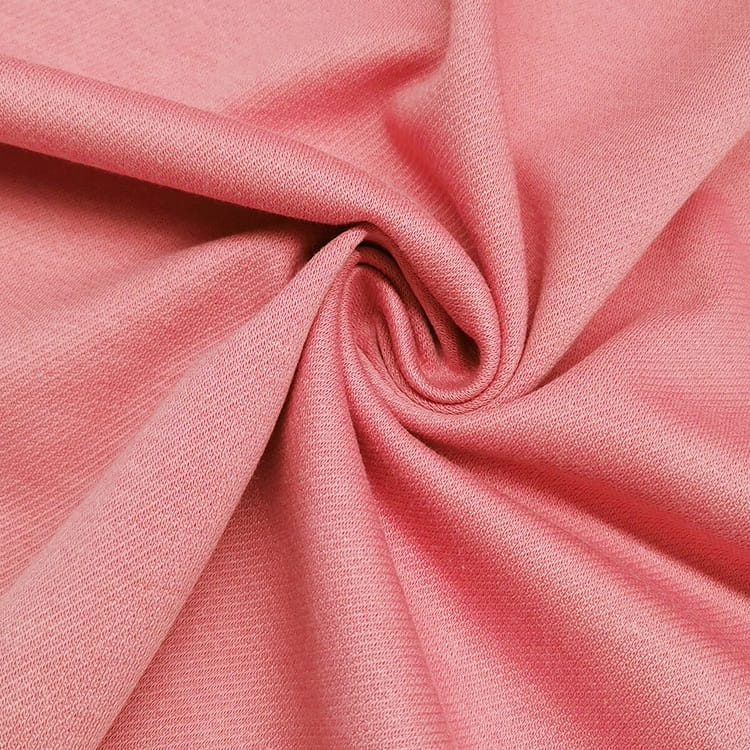
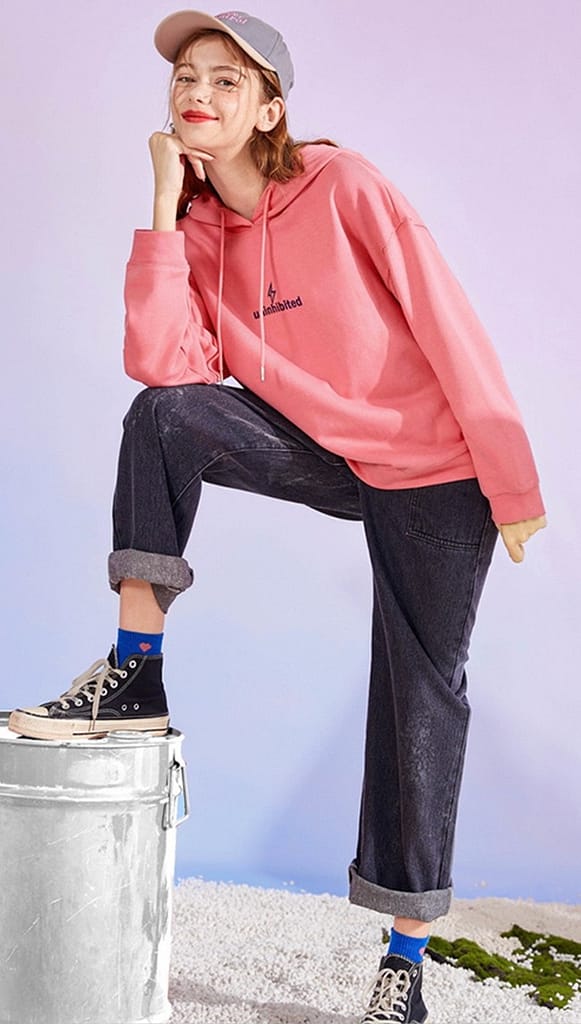
Air layer fabric is currently one of the most popular fabrics, generally using cotton polyester spandex interweaving to weave, so the air layer fabric has the advantages of moisture absorption and good air permeability.
The warmth of air layer fabric is very excellent, its structure is designed as a composite structure of inner layer, middle layer and outer layer, and keep the middle layer as a hollow structure, so that it can effectively isolate the air to achieve the warmth effect.
However, because the air layer fabric is thicker, in the daily wear and wash process must be hung, can not be folded to store, otherwise there will be a crease for a long time difficult to recover, which in turn affects the aesthetic appearance of the garment. If the polyester composition of the air layer fabric to pay attention to the hook and loop situation, you should avoid sharp objects touching the surface of the fabric.
Fleece
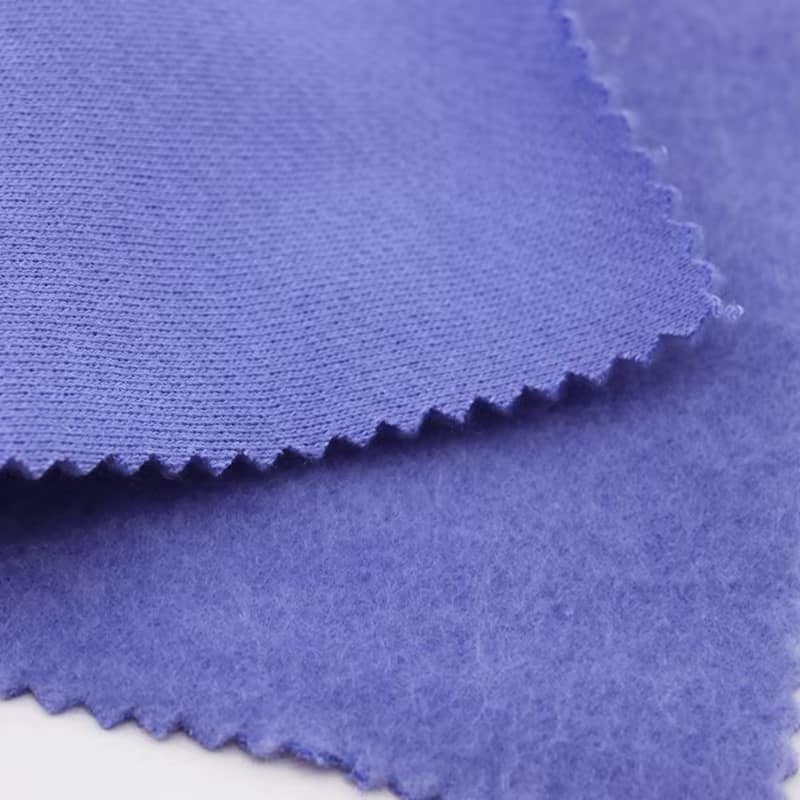
Fleece is synonymous with warmth. A popular choice for winter hoodies, fleece is soft, cozy, and has excellent insulating properties. The fabric traps heat, ensuring wearers remain warm even in colder climates. On the flip side, fleece can be bulkier and might not offer the sleek fit some designs aim for.
French Terry
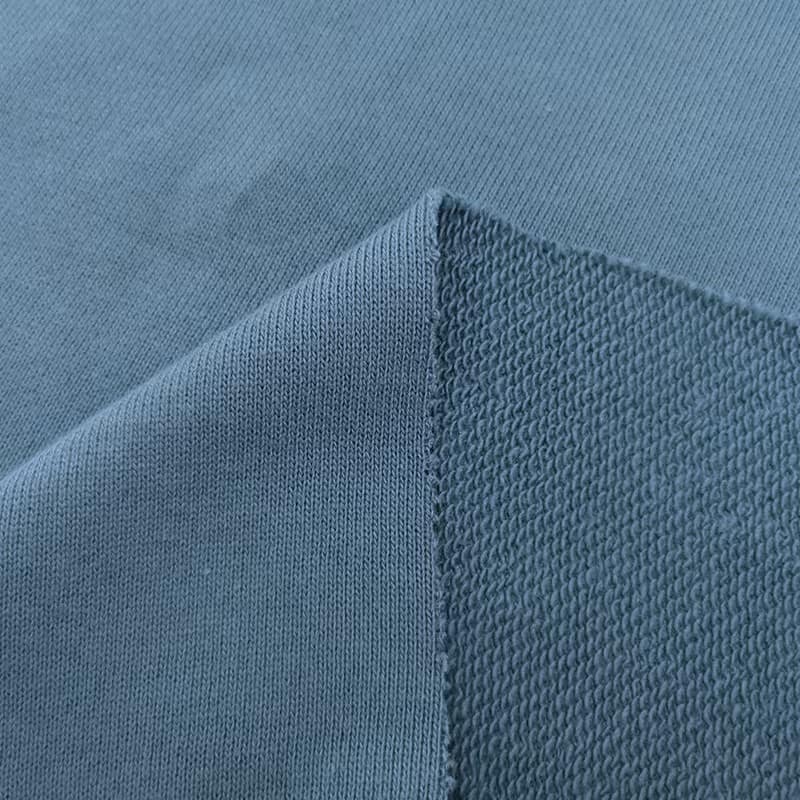
French terry is a fabric commonly used in the making of hoodies. When weaving some yarns in a certain ratio appear as loops on other yarns of the fabric and stay on the surface. French terry has better warmth, moisture wicking and softness. The yarn portion of the fabric has better warmth retention as it can hold more air. Terry cloth also has good moisture absorption, which can absorb the sweat excreted by the body and keep the skin dry. In addition, terry cloth has a soft and cozy feel.
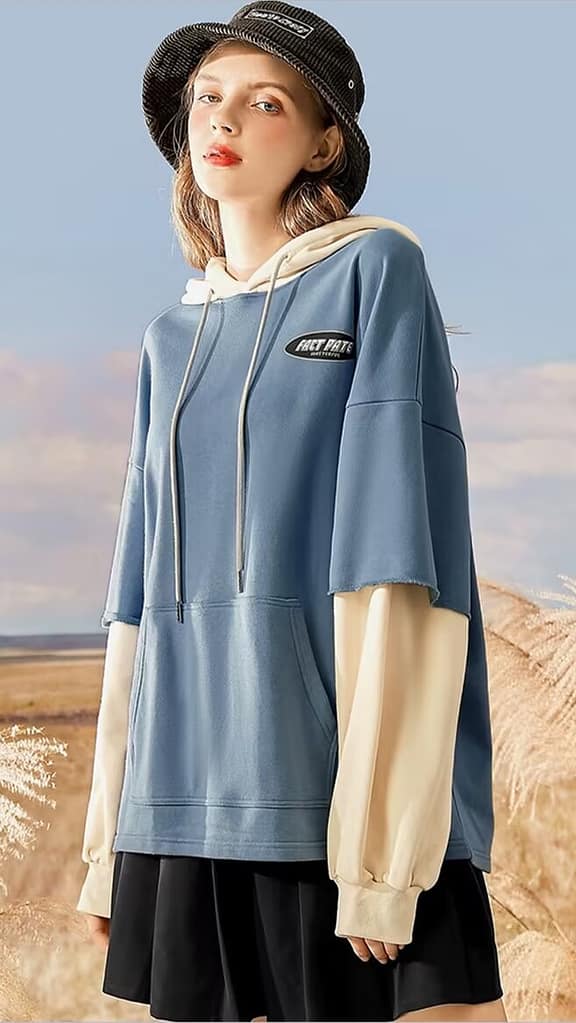
The most commonly used fabrics for hoodies are those made from cotton or cotton blends, which have a smooth outer surface and a plush interior. Cotton fiber has good moisture absorption, under normal circumstances, the fiber can absorb water to the surrounding air, its water content of 8% -10%, so it touches the human skin to make people feel soft and not stiff. If the cotton fiber humidity increases, the surrounding temperature is higher, the water contained in the fiber will be all dissipated, making the fabric to maintain the water balance, so that people feel comfortable. Although it has good wicking ability, the quick-drying ability is lacking far less than fabrics made of polyester, so cotton hoodies are more suitable for casual occasions.
Polar Fleece
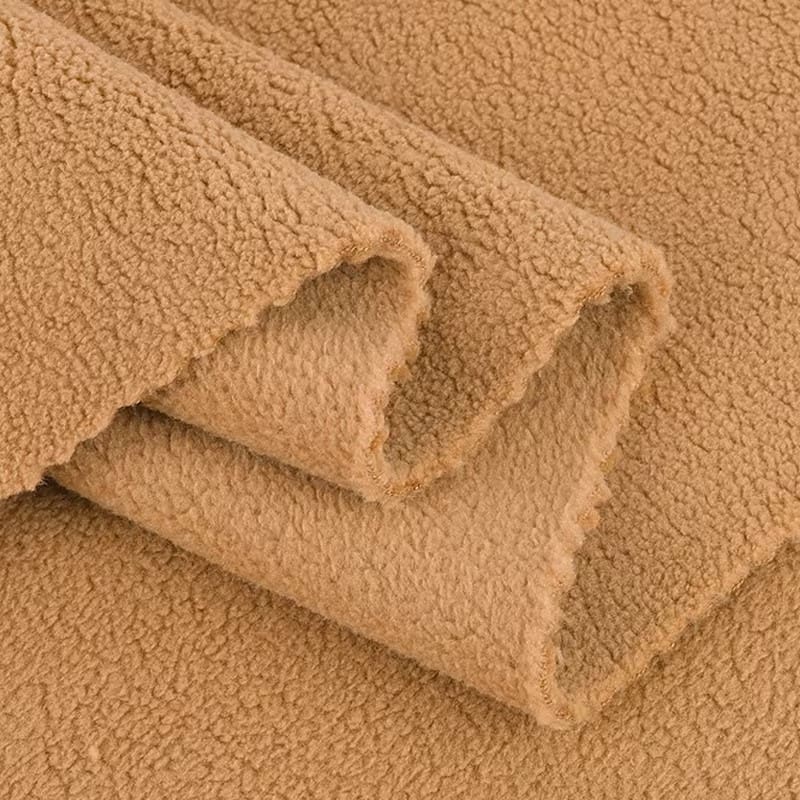
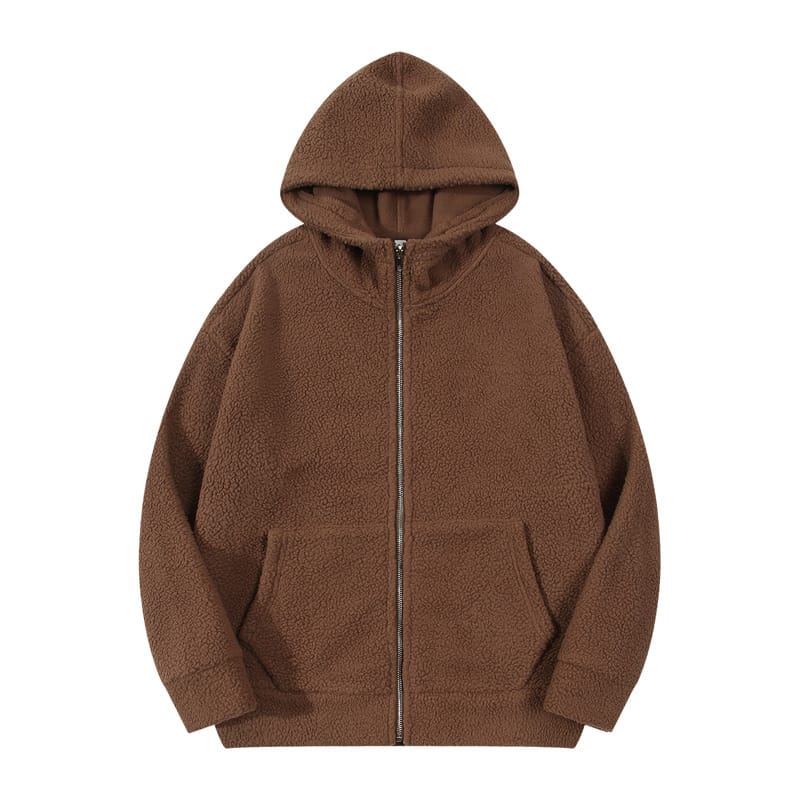
Polar Fleece is the name given to fleece with a double sided pile. It’s the fleece that you see on countless amounts of outdoors wear, blankets, and linings of garments – perhaps the most common and ubiquitous form of fleece. It’s made from polyester and sets out to mimic the feel of fine wool. This is done by brushing the fabric to give it more softness, and fuzz. Polar fleece has a 2 sided pile as you can see in the image below.
Sustainable Fabrics: The Future of Hoodie Production
In an age where environmental concerns are at the forefront, the fashion industry is undergoing a transformation. Consumers are becoming increasingly conscious of the ecological footprint of their purchases, prompting brands to explore more sustainable practices. When it comes to hoodie production, the choice of fabric plays a pivotal role in this shift towards sustainability:
Organic Cotton:
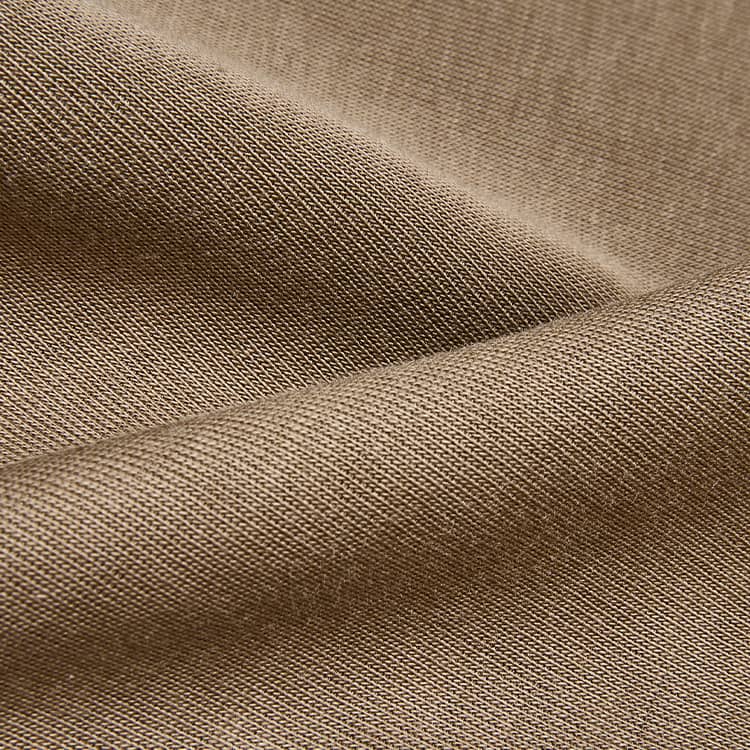
Unlike traditional cotton cultivation which may use pesticides and synthetic fertilizers, organic cotton is grown without these chemicals. This not only reduces environmental harm but also results in a softer and more skin-friendly fabric. Hoodies made from organic cotton offer both comfort and a clear conscience.
Recycled Polyester:
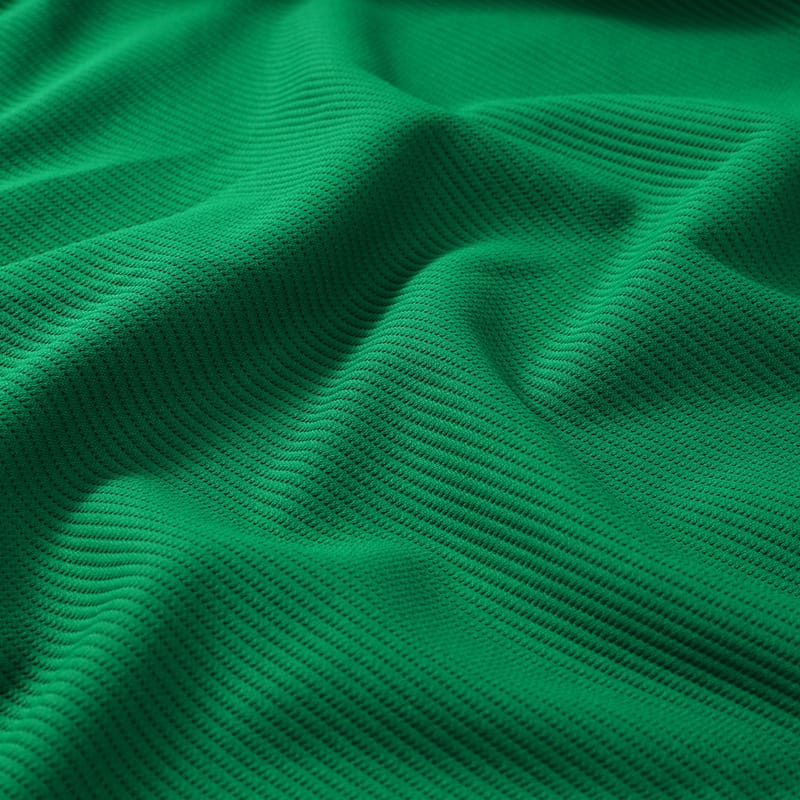
Derived from post-consumer plastic bottles, recycled polyester helps divert waste from landfills and reduce the need for virgin polyester production. It retains many of the properties of traditional polyester, making it both eco-friendly and functional.
Bamboo:
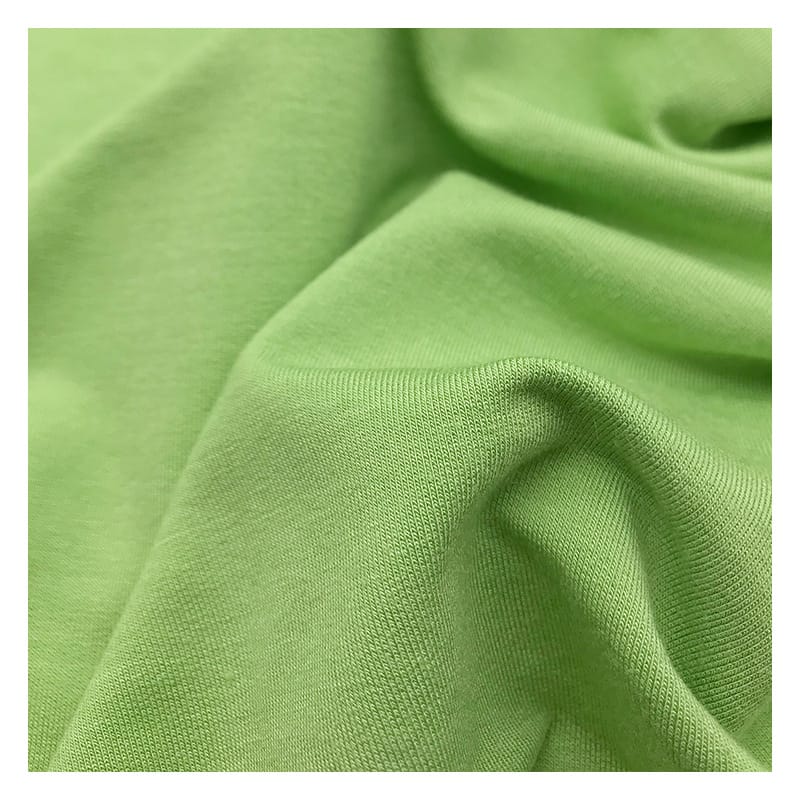
Bamboo fabric is lauded for its softness and antimicrobial properties. It’s a rapidly renewable resource, with certain species growing as much as three feet in a day! Moreover, bamboo cultivation requires no pesticides and little water, making it a sustainable choice for hoodie production.
Tencel/Lyocell:
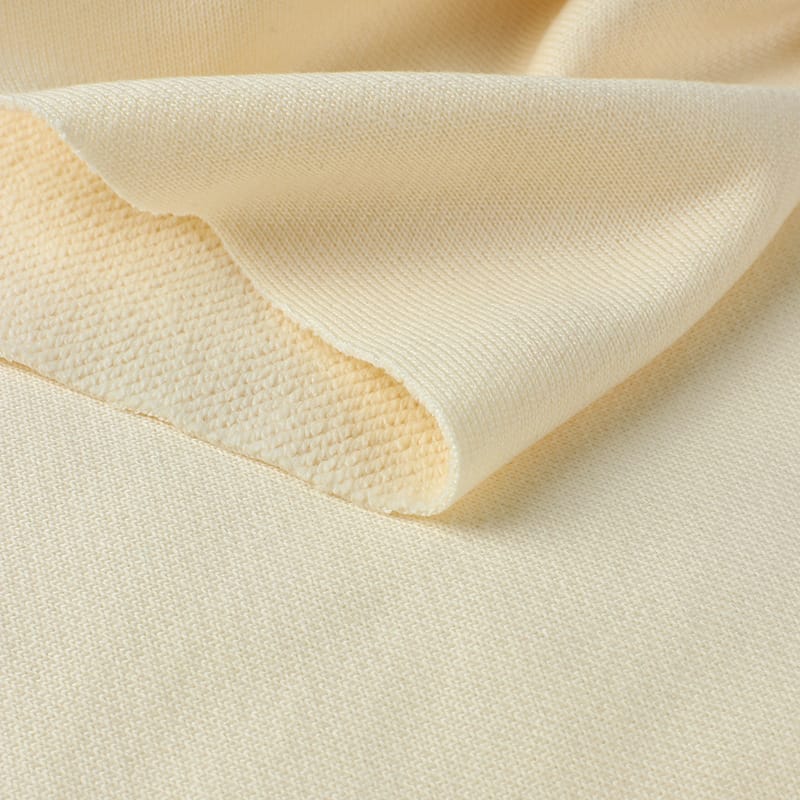
Derived from the pulp of eucalyptus trees, Tencel or Lyocell is a biodegradable fabric that’s produced using a closed-loop process, minimizing environmental impact. Its softness and moisture-wicking properties make it a suitable choice for comfortable hoodies.
Adopting sustainable fabrics is more than just a trend—it’s an essential step towards a more responsible and conscious fashion industry. Designers who integrate these materials not only appeal to eco-conscious consumers but also contribute to a brighter and greener future for the planet.
Understanding Fabric Weights
The weight of a fabric refers to its thickness and density. In the world of textiles, this is typically measured in grams per square meter (GSM) or ounces per square yard. This seemingly technical specification can have profound implications on the final product, influencing its drape, feel, and usability. Let’s break down the nuances:
– Lightweight (Below 150 GSM):
Lightweight fabrics are breathable, soft, and perfect for layering. While they may not offer significant insulation on their own, they’re versatile and can be used for summer hoodies or indoor wear. However, their lighter nature might make them less durable than their heavier counterparts.
– Medium Weight (150-300 GSM):
This is the most common weight range for hoodies, striking a balance between comfort and durability. Medium weight hoodies are suitable for most seasons, providing adequate warmth without being overly heavy. They drape well and are often used for both casual and athletic wear.
– Heavyweight (Above 300 GSM):
Built for the cold, heavyweight hoodies are thick and insulating. They’re ideal for winter months or colder climates, ensuring wearers stay warm. While they offer enhanced durability, they can be bulkier and may not be as breathable as lighter fabrics.
Choosing the right fabric weight is pivotal. A summer hoodie made from heavyweight fabric could prove stifling, while a lightweight hoodie might not suffice in the winter. Beyond comfort, the weight can also affect printing techniques. For instance, lightweight fabrics might not be suitable for certain types of embroidery or heavy prints due to their delicate nature.
The Impact of Fabric Treatments on Hoodies
Beyond the innate characteristics of fabrics, treatments can be applied to further refine their properties, ensuring they align perfectly with the desired final product. These treatments can enhance durability, comfort, texture, and even add unique features. Here’s a look into some prevalent fabric treatments and their implications for hoodie design:
– Pre-shrinking:
A common concern with cotton and certain other fabrics is their tendency to shrink after washing. Pre-shrinking treatment involves exposing the fabric to processes that would cause it to shrink prior to making the hoodie. This ensures a more consistent fit and size throughout the garment’s life.
– Brushing:
Brushing is a technique where the fabric surface is lightly brushed to produce a soft, fluffy finish. This not only enhances the feel of the hoodie but also adds to its warmth. Fleece hoodies often undergo this process to amplify their cozy feel.
– Anti-pilling:
Pills are small balls of fiber that form on a fabric’s surface, especially in areas of friction. Anti-pilling treatments help reduce the formation of these balls, ensuring the hoodie maintains its smooth appearance over time.
– Moisture-wicking:
Especially relevant for activewear hoodies, this treatment allows the fabric to draw moisture away from the body, distributing it across the surface for faster evaporation. It ensures wearers remain dry and comfortable, even during physical activity.
– Water-resistant and Waterproofing:
While not common for all hoodies, certain designs might benefit from being water-resistant or even waterproof. These treatments repel water, making them ideal for light rain or misty conditions.
By understanding and leveraging these treatments, designers can further customize their hoodies, ensuring they cater to specific needs and preferences. Whether it’s enhancing the tactile feel of the hoodie, improving its performance, or ensuring longevity, fabric treatments offer a myriad of possibilities.
Fabric Choices and Their Influence on Cost & Profitability
Every designer or clothing manufacturer knows that the choice of fabric can significantly influence the cost of production. But it’s not just about raw material costs; the fabric type can also impact manufacturing processes, lead times, and ultimately, the retail price. Here’s a breakdown of these dynamics:
– Raw Material Costs:
Natural fabrics like organic cotton or silk tend to be more expensive than synthetic alternatives like polyester. Moreover, specialized fabrics, especially those with sustainable or innovative properties, can come with a higher price tag.
– Manufacturing Complexities:
Certain fabrics are harder to work with than others. For example, delicate fabrics may require gentler handling or specialized machinery, adding to production costs. Blended fabrics might also necessitate unique treatments or techniques.
– Durability & Longevity:
Investing in durable fabrics might cost more upfront, but in the long run, it can lead to higher customer satisfaction and fewer returns. A hoodie that retains its shape and appearance over time can enhance brand reputation and ensure repeat purchases.
– Brand Positioning:
The choice of fabric can also dictate brand positioning. Luxury brands might opt for premium materials, while budget brands might prioritize cost-effective options. However, with the rise of sustainable fashion, even value-oriented brands are finding ways to integrate eco-friendly fabrics without drastically increasing prices.
– Market Demand:
Understanding market trends is crucial. If there’s a rising demand for sustainable clothing, for instance, investing in eco-friendly fabrics can command higher prices and appeal to a specific target audience, potentially increasing profitability.
– Supply Chain Considerations:
The availability of certain fabrics, especially if sourced from specific regions or through sustainable methods, can influence lead times and inventory management. It’s essential to balance the demand with supply chain dynamics to ensure timely production and delivery.
In essence, while the initial cost of a fabric is a significant factor, it’s equally vital to consider the broader picture. The right fabric choice, aligned with brand values and market demand, can optimize costs while ensuring profitability and customer satisfaction.
The Importance of Fabric Testing and Quality Assurance in Hoodie Production
Ensuring that your chosen fabric meets the necessary quality standards is paramount, not just for the longevity of the hoodie but also for the brand’s reputation. Here’s an insight into why fabric testing and quality assurance are integral to the process:
– Durability Testing:
Fabrics, especially those intended for daily wear items like hoodies, need to withstand regular use. Durability testing checks how the fabric fares against wear and tear, stretching, and repeated washing. This ensures the final product won’t easily wear out, leading to satisfied customers and fewer returns.
– Color Fastness:
Nobody appreciates a hoodie that fades after a few washes. Testing for color fastness ensures that the fabric retains its color, even after being exposed to various elements like sunlight, sweat, or washing detergents.
– Shrinkage and Dimensional Stability:
To guarantee a consistent fit even after multiple washes, it’s crucial to test fabrics for shrinkage. This ensures that the dimensions of the hoodie remain stable over time, offering reliability to consumers.
– Breathability and Moisture Management:
For hoodies, especially those meant for active wear or varying climates, it’s vital to ensure the fabric can manage moisture effectively. Tests can determine how the fabric handles sweat and its breathability, impacting overall wearer comfort.
– Safety Standards:
Certain dyes or chemicals used in fabric production might be harmful. Quality assurance involves ensuring that fabrics meet safety standards, avoiding potential skin irritations or allergic reactions.
– Environmental Impact:
For brands focusing on sustainability, it’s essential to validate the eco-friendly claims of their fabrics. Whether it’s ensuring organic cotton is genuinely pesticide-free or verifying the recycled content in polyester, this aspect of quality assurance aligns with the brand’s ethical stance.
Thorough testing and stringent quality assurance protocols can seem time-consuming and costly initially. Still, they are investments that pay off in the form of customer trust, brand reputation, and reduced post-sale issues.
Customization & Printing: How Fabric Choices Matter
In the world of fashion, customization sets a brand apart, allowing for unique designs that resonate with specific audiences. However, not all fabrics are created equal when it comes to receiving prints and custom designs. Here’s how your fabric choice can affect customization:
– Ink Adhesion & Print Clarity:
Certain fabrics, particularly smoother and tighter weaves, provide a clearer canvas for intricate prints. Cotton, for example, is known for its compatibility with various printing methods. On the other hand, some synthetic fabrics might require specialized inks or treatments to ensure print longevity and clarity.
– Suitability for Different Printing Methods:
While screen printing is popular for its vibrancy and durability, it might not be suitable for all fabrics. Methods like sublimation printing or direct-to-garment (DTG) might work better for specific materials, ensuring the design doesn’t crack, fade, or peel over time.
– Heat Sensitivity:
Heat is a critical factor in several printing methods. Some fabrics, especially synthetic ones, might be more sensitive to heat, requiring adjusted temperatures or alternative printing methods to prevent damage or distortion.
– Texture and Feel:
The base feel of the fabric can influence the end result post-customization. A rough-textured fabric might not yield a smooth print, whereas a soft, plush material like velour can add a luxurious feel but might pose challenges for crisp designs.
– Cost Implications:
Customization processes vary in cost. Embroidery, for instance, can be more expensive than traditional printing but offers a textured, premium feel. The choice of fabric can influence which customization method is optimal, both in terms of aesthetics and cost-efficiency.
– Sustainability Considerations:
Eco-conscious brands might prioritize printing methods and dyes that have minimal environmental impact. Water-based inks or eco-friendly printing processes can be paired with sustainable fabrics to align with a brand’s green initiatives.
In summary, while the design might be the first thing that catches a consumer’s eye, the choice of fabric lays the groundwork for how that design is brought to life. Understanding the interplay between fabric and customization ensures that the end product not only looks good but stands up to wear and retains its allure over time.
Target Audience Preferences: Shaping Fabric and Design Choices
Understanding and catering to the preferences of your target audience is foundational in the fashion industry. The right fabric and design choices, tailored to the specific needs and desires of your audience, can make or break a collection. Here’s how audience preferences factor in:
– Comfort vs. Style:
While some demographics prioritize the comfort of soft, breathable fabrics, others might lean towards style and the latest trends, even if it means compromising a bit on comfort. Knowing where your audience stands on this spectrum can guide fabric selection.
– Sustainability Concerns:
The modern consumer is becoming increasingly eco-conscious. For brands targeting a younger, more environmentally-aware demographic, choices like organic cotton, bamboo, or recycled polyester can be particularly appealing.
– Activity Level:
Are your hoodies aimed at athletes or those leading an active lifestyle? If so, fabrics with moisture-wicking properties, stretch, and durability would be ideal. Conversely, for a more laid-back, casual audience, comfort and aesthetics might take precedence.
– Cultural & Regional Preferences:
The cultural background and geographical location of your target audience can influence preferences. For instance, lighter fabrics might be preferred in warmer climates, while thicker, insulating materials would be a hit in colder regions.
– Price Sensitivity:
High-end luxury brands might opt for premium fabrics irrespective of cost. However, if targeting a more price-sensitive segment, striking a balance between quality and cost becomes imperative.
– Brand Perception & Loyalty:
If your brand is known for a particular fabric or style – say, plush velour hoodies – it’s essential to maintain that standard while also innovating. Meeting the expectations of loyal customers while attracting new ones is a delicate balancing act.
In essence, while creativity and trends play a significant role in fashion, understanding the needs and preferences of the target audience is equally, if not more, crucial. By aligning fabric and design choices with audience expectations, brands can create products that resonate deeply and ensure lasting success.
Conclusion: The Fabric of Success in Hoodie Production
The world of hoodie production is intricate, blending artistry with pragmatism, tradition with innovation. As we’ve journeyed through the multifaceted aspects of hoodie fabrics, it’s evident that the choices brands make can significantly influence their success in the market. From understanding the nuances of different fabrics to leveraging the power of technology and ensuring a smooth supply chain, each step is a critical stitch in the fabric of a brand’s narrative.
For designers and brands, it’s not just about creating a product; it’s about telling a story, forging connections, and building lasting relationships with consumers. The fabric, often taken for granted, is central to this narrative. Its texture, its feel, its durability—all play a role in shaping a customer’s experience and perception of a brand.
Furthermore, as the fashion landscape evolves with increasing emphasis on sustainability, ethical production, and technological integration, brands that stay ahead of the curve, that listen, learn, and adapt, are the ones that will thrive.
At the heart of it all is a simple hoodie, a testament to the adage that details, no matter how seemingly trivial, can make or break an endeavor. As you, the reader, venture into the world of hoodie production, or perhaps refine your existing processes, may the insights from this guide serve as a beacon, illuminating the path to success.
Thank you for joining us on this exploration, and here’s to crafting hoodies that resonate, captivate, and inspire!
- 10 Best Puffer Jacket Suppliers in China for Brand Owners & Distributors
- Top 10 Blouse Manufacturers in China: Sourcing the Best for Your Brand
- Top 10 T-Shirt Manufacturers in China for Custom Clothing Brands
- Top 10 Hoodie Manufacturers in China for Startups and Wholesalers
- 10 Leading Underwear Manufacturers in China for Startups and Big Brands

